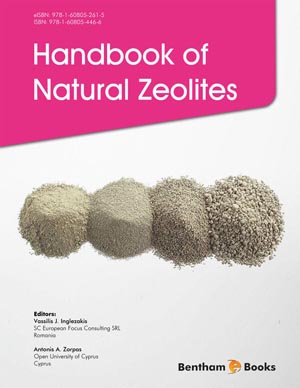Abstract
The anthropogenic modifications of the atmosphere's trace gases and their heat content occurred because of world population growth, agriculture, industrial economy, deforestation, land use change, mobility, and urbanisation. CO2 concentration increased from ca. 280 ppm in 1780 to 402 ppm in 2016 and, according to the cumulative greenhouse effect, the near earth surface temperature rose on average by 0,9 °C from 1850 to 2014. An estimated 2 teraT of CO2 have been emitted into the atmosphere since 1760. The emission histories of other greenhouse gases (CO, CH4, N2O, NOx, CFC) and their cumulative radiative forcings are given (ca. 3W/m2 relative to 1750). NH3-emissions increased from 6 MT in 1890 to 32.5 MT in 1995. They contribute to expansion of subtropical arid zones, northward shift of the intertropical convergence zone, and poleward retreat of mid-latitude low-pressure tracks. The eastern Mediterranean drought (1998-2012) is explained by climate warming. Frequency and magnitude of events during Australian wildfire season increased significantly from 1973-2010. Arctic amplification caused the long-lasting boreal summer weather extremes of the last decades. SO2 pollution was reduced in industrialised countries due to implementation of filters in the 1970s. Sources and histories of particulate matters, as well as the development of their radiative forcings are given. Cumulative global Hg-emissions between 1850-2010 are as much as 350,000 T. Significant decreases in particulate matter in urban air have occured since the 1920s in developed countries. Radioactive releases due to nuclear havaries and above ground nuclear tests are given. The stratospheric fraction of the latter persists over decades. The lowermost exosphere is littered with astro garbage (ca. 23,000 objects), raising safety risks of operating spacecraft.
Keywords: Aerosol, Albedo, Arctic amplification, Astro garbage, Atmospheric circulation, Climate warming, Clouds, Emission histories, Greenhouse gases, Heat, Keeling curve, Moisture content, Ozone, Particulate matter, Pollution, Radiative forcing, Residence time, Stratosphere, Stratospheric jets, Trace gases, Troposphere.












